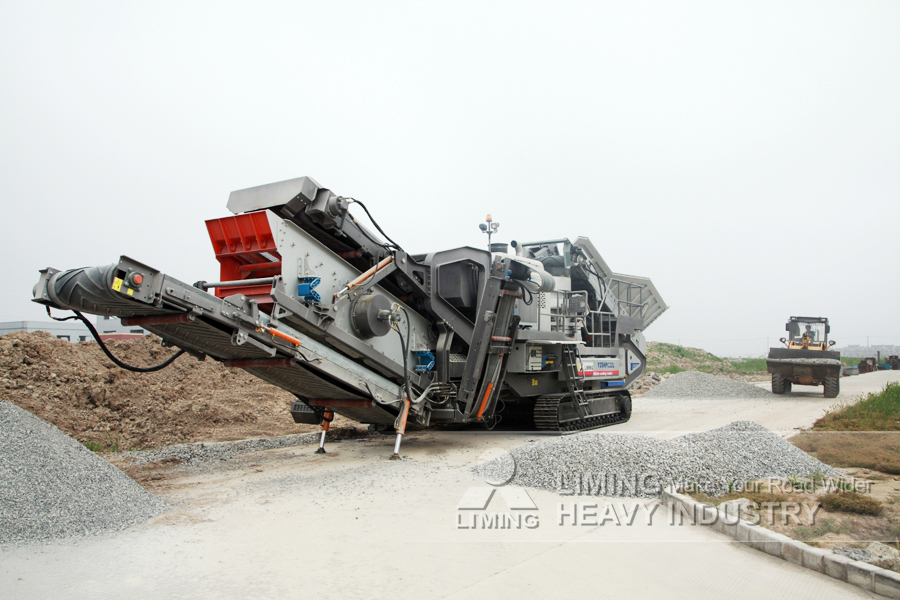An artificial marble production line is a manufacturing setup designed to produce engineered or synthetic marble, which is made from a mixture of natural marble powder, resin, and other additives. This type of marble is widely used in construction, interior design, and furniture due to its aesthetic appeal, durability, and cost-effectiveness compared to natural marble.
Here’s an overview of the key components and processes involved in an artificial marble production line:
—
1. Raw Material Preparation
– Natural Marble Powder: Crushed natural marble or other stone materials are used as the base.
– Resin: Polyester or epoxy resin acts as the binding agent.
– Additives: Pigments, fillers, and catalysts are added for color, strength, and curing.
—
2. Mixing Process
– The raw materials (marble powder, resin, and additives) are mixed in a high-speed mixer to create a homogeneous slurry.
– The mixture is carefully controlled to ensure consistency in color and texture.
—
 3. Molding
3. Molding
– The slurry is poured into molds of various shapes and sizes depending on the desired product (e.g., slabs, tiles, countertops).
– Vibrators or vacuum systems may be used to remove air bubbles and ensure a smooth surface.
—
4. Curing
– The molded product is cured in a controlled environment (e.g., heating chambers or UV curing systems) to harden the resin and solidify the material.
– Curing time depends on the type of resin and additives used.
—
5. Demolding
– Once cured, the artificial marble is removed from the molds.
– Excess material may be trimmed or cleaned at this stage.
—
6. Surface Finishing
– The surface of the artificial marble is polished using grinding and polishing machines to achieve a glossy or matte finish.
– Additional treatments (e.g., sealing) may be applied to enhance durability and stain resistance.
—
7. Cutting and Shaping
– The cured slabs or blocks are cut into specific sizes using diamond-tipped saws or CNC machines.
– Custom shapes can be created for specific applications (e.g., countertops, sinks).
—
.jpg) 8. Quality Control
8. Quality Control
– Each product undergoes quality checks for color consistency, surface finish, strength, and dimensional accuracy.
– Defective pieces are either reprocessed or discarded.
—
9. Packaging and Shipping
– Finished products are packed securely to prevent damage during transportation.
– They are then shipped to distributors or




